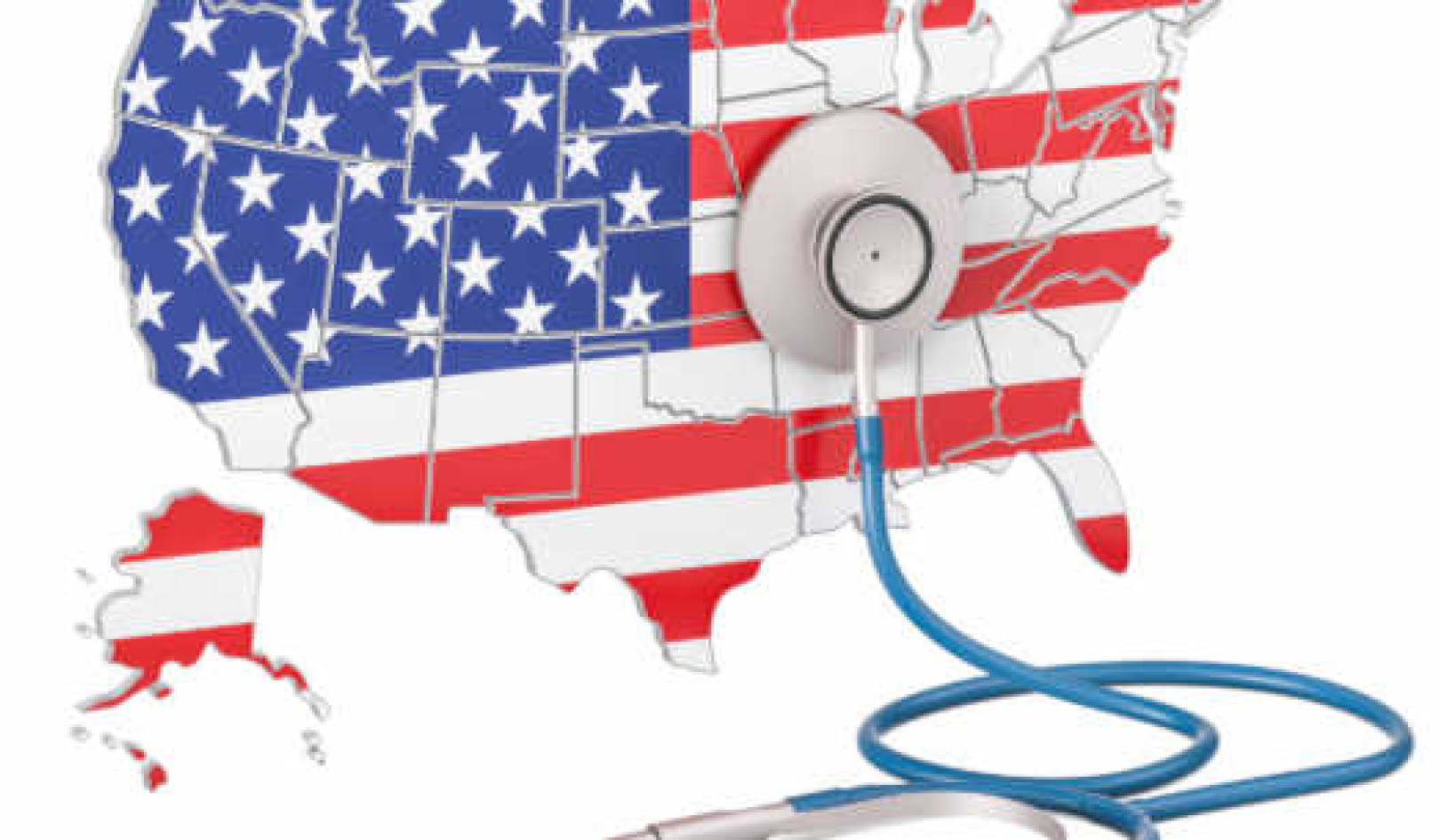 Most British heatwaves last for a few days – 2018’s went on for months. Peter Murray/Shutterstock
Most British heatwaves last for a few days – 2018’s went on for months. Peter Murray/Shutterstock
The 2018 summer heatwave in the UK broke records – and it won’t be the last spell of such severe heat. In fact, climate change means that hot summers which would once occur twice a century may soon occur twice a decade. As the population grows and ages, this will lead to more premature heat-related deaths and place extra strain on physical and mental health services.
Previous research on resilience to heatwaves, such as the recent report by parliament’s Environmental Audit Committee, a cross-party group of MPs, has focused predominantly on policy, regulation and infrastructure. Such research barely addresses behavioural or social responses that occur during hot weather events and how these can contribute to building resilience.
This is what my own work looks at. In a new book I explore these ideas and assessed how to improve resilience to climate change through communication, collaboration and co-production. So what can the UK do to be better prepared for heatwaves in future?
1. Remember that heatwaves are a serious threat
People must be trained to think more carefully about their vulnerabilities and responses to hot weather. Everyone’s experience of hot weather varies, and this is often associated with positive memories of past summers where they’d enjoy the heat, venture outside and make the most of a potentially short-lived summer.
But this often leads to people being more exposed to the effects of the sun, which affects their health and productivity and puts extra strain on hospitals. Hot temperatures also cause roads to melt and train track to buckle, resulting in delays. As hot weather becomes more common, people need to bear these things in mind.
2. Factor in behavioural change
While appropriate regulation and policies are important, they must represent how people respond to heatwaves and how their experiences affect their behaviour. This can be incorporated into broader thinking around other topics.
Buildings, for instance, can be insulated to stay warm in the winter yet cool in the summer, but we need to better understand how people behave in buildings during those periods to ensure appropriate use.
And working practices can be adjusted so people can work outside periods of intense heat. People rarely want to stay at home all day, so more water fountains should be provided in public places.
3. Get better at talking about hot weather
British people famously love talking about the weather. But they still need to get better at talking about heatwaves specifically, and how they can become more resilient to them. That means things like sharing whether they’re feeling the load of the hot weather or sharing ways to stay cool.
Better communication will also help people understand who’s doing what during a hot weather event (for example emergency services under extra strain, or bus and train drivers working in tough conditions).
4. Learn from the neighbours
Learn from other others. Mediterranean countries, for instance, are used to the hot weather and people there have adopted simple practices to help them cope with the stress: closing shutters during the hot weather, avoiding being outside or on the beach during peak heat temperatures, painting buildings white, staying hydrated and avoiding strenuous activities during hot weather. Countries in northern Europe that are just getting used to severe heatwaves could adopt these practices.
 Houses in southern Spain are painted white to reflect the heat. Alex Tihonovs/Shutterstock
Houses in southern Spain are painted white to reflect the heat. Alex Tihonovs/Shutterstock
5. Invest in resilience and communication
Investment should be pro-active, rather than reactive. That means working closely with scientists to anticipate the risks from heatwaves, getting a better understanding of our vulnerabilities and the potential measures we can take. Ensure buildings (especially hospitals and care homes) and infrastructure are better prepared to withstand hot weather events and that regulation is updated to better reflect this, without which the number of heatwave-related deaths would increase.
About The Author
Candice Howarth, Senior Lecturer in Sustainability and Climate Change Communication, University of Surrey
This article is republished from The Conversation under a Creative Commons license. Read the original article.
Related Books
Storms of My Grandchildren: The Truth About the Coming Climate Catastrophe and Our Last Chance to Save Humanity
by James Hansen Dr. James Hansen, the world's leading climatologist, shows that exactly contrary to the impression the public has received, the science of climate change has become even clearer and sharper since the hardcover was released. In Storms of My Grandchildren, Hansen speaks out for the first time with the full truth about global warming: The planet is hurtling even more rapidly than previously acknowledged to a climatic point of no return. In explaining the science of climate change, Hansen paints a devastating but all-too-realistic picture of what will happen in our children's and grandchildren's lifetimes if we follow the course we're on. But he is also an optimist, showing that there is still time to take the urgent, strong action that is needed- just barely. Available On Amazon
Dr. James Hansen, the world's leading climatologist, shows that exactly contrary to the impression the public has received, the science of climate change has become even clearer and sharper since the hardcover was released. In Storms of My Grandchildren, Hansen speaks out for the first time with the full truth about global warming: The planet is hurtling even more rapidly than previously acknowledged to a climatic point of no return. In explaining the science of climate change, Hansen paints a devastating but all-too-realistic picture of what will happen in our children's and grandchildren's lifetimes if we follow the course we're on. But he is also an optimist, showing that there is still time to take the urgent, strong action that is needed- just barely. Available On Amazon
Extreme Weather and Climate
by C. Donald Ahrens, Perry J. Samson Extreme Weather & Climate is a unique textbook solution for the fast-growing market of non-majors science courses focused on extreme weather. With strong foundational coverage of the science of meteorology, Extreme Weather & Climate introduces the causes and impacts of extreme weather events and conditions. Students learn the science of meteorology in context of important and often familiar weather events such as Hurricane Katrina and they'll explore how forecast changes in climate may influence frequency and/or intensity of future extreme weather events. An exciting array of photos and illustrations brings the intensity of weather and its sometimes devastating impact to every chapter. Written by a respected and unique author team, this book blends coverage found in Don Ahrens market-leading texts with insights and technology support contributed by co-author Perry Samson. Professor Samson has developed an Extreme Weather course at the University of Michigan that is the fastest-growing science course at the university. Available On Amazon
Extreme Weather & Climate is a unique textbook solution for the fast-growing market of non-majors science courses focused on extreme weather. With strong foundational coverage of the science of meteorology, Extreme Weather & Climate introduces the causes and impacts of extreme weather events and conditions. Students learn the science of meteorology in context of important and often familiar weather events such as Hurricane Katrina and they'll explore how forecast changes in climate may influence frequency and/or intensity of future extreme weather events. An exciting array of photos and illustrations brings the intensity of weather and its sometimes devastating impact to every chapter. Written by a respected and unique author team, this book blends coverage found in Don Ahrens market-leading texts with insights and technology support contributed by co-author Perry Samson. Professor Samson has developed an Extreme Weather course at the University of Michigan that is the fastest-growing science course at the university. Available On Amazon
Floods in a Changing Climate: Extreme Precipitation
by Ramesh S. V. Teegavarapu
 Measurement, analysis and modeling of extreme precipitation events linked to floods is vital in understanding changing climate impacts and variability. This book provides methods for assessment of the trends in these events and their impacts. It also provides a basis to develop procedures and guidelines for climate-adaptive hydrologic engineering. Academic researchers in the fields of hydrology, climate change, meteorology, environmental policy and risk assessment, and professionals and policy-makers working in hazard mitigation, water resources engineering and climate adaptation will find this an invaluable resource. Available On Amazon
Measurement, analysis and modeling of extreme precipitation events linked to floods is vital in understanding changing climate impacts and variability. This book provides methods for assessment of the trends in these events and their impacts. It also provides a basis to develop procedures and guidelines for climate-adaptive hydrologic engineering. Academic researchers in the fields of hydrology, climate change, meteorology, environmental policy and risk assessment, and professionals and policy-makers working in hazard mitigation, water resources engineering and climate adaptation will find this an invaluable resource. Available On Amazon
From The Publisher:
Purchases on Amazon go to defray the cost of bringing you InnerSelf.comelf.com, MightyNatural.com, and ClimateImpactNews.com at no cost and without advertisers that track your browsing habits. Even if you click on a link but don't buy these selected products, anything else you buy in that same visit on Amazon pays us a small commission. There is no additional cost to you, so please contribute to the effort. You can also use this link to use to Amazon at any time so you can help support our efforts.























